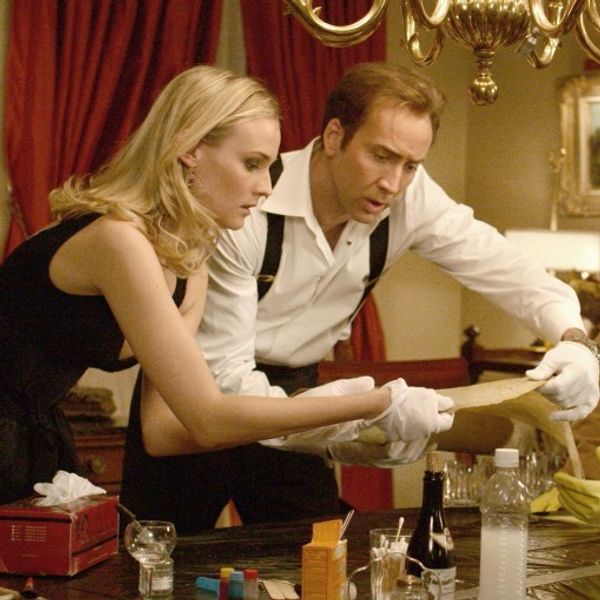Watch Jim Cummings Parody Marvel With Exquisite Cringe
Short film "Is Now a Good Time?" doesn't hold many punches with its commentary on our favorite superhero conglomerate.
Jul 22, 2024
Excited for Deadpool to skewer the Marvel Cinematic Universe this weekend? Well, if you just can't wait and need a taste of some self aware satire, Jim Cummings has you covered with his latest short film "Is Now a Good Time?"
"Is Now a Good Time?" takes on an expertly cringe tone from start to finish, following Kyle, an earnest Disney employee tasked with delivering a cut of the latest Captain America movie to a kid suffering from cancer. Things almost immediately go south for Kyle as he's grilled more and more for Marvel's shortcomings in representation, etc.
Coming hot off of ruining brunch with his last short, Jim Cummings is on a hot streak with short films, as well as releasing feature length The Last Stop in Yuma County last year. Cummings is a hard working dude and always supportive of the indie film community, so we love to show our support and keep up his ethos to keep on making movies!
Enjoy the short below.
Keep ReadingShow less












